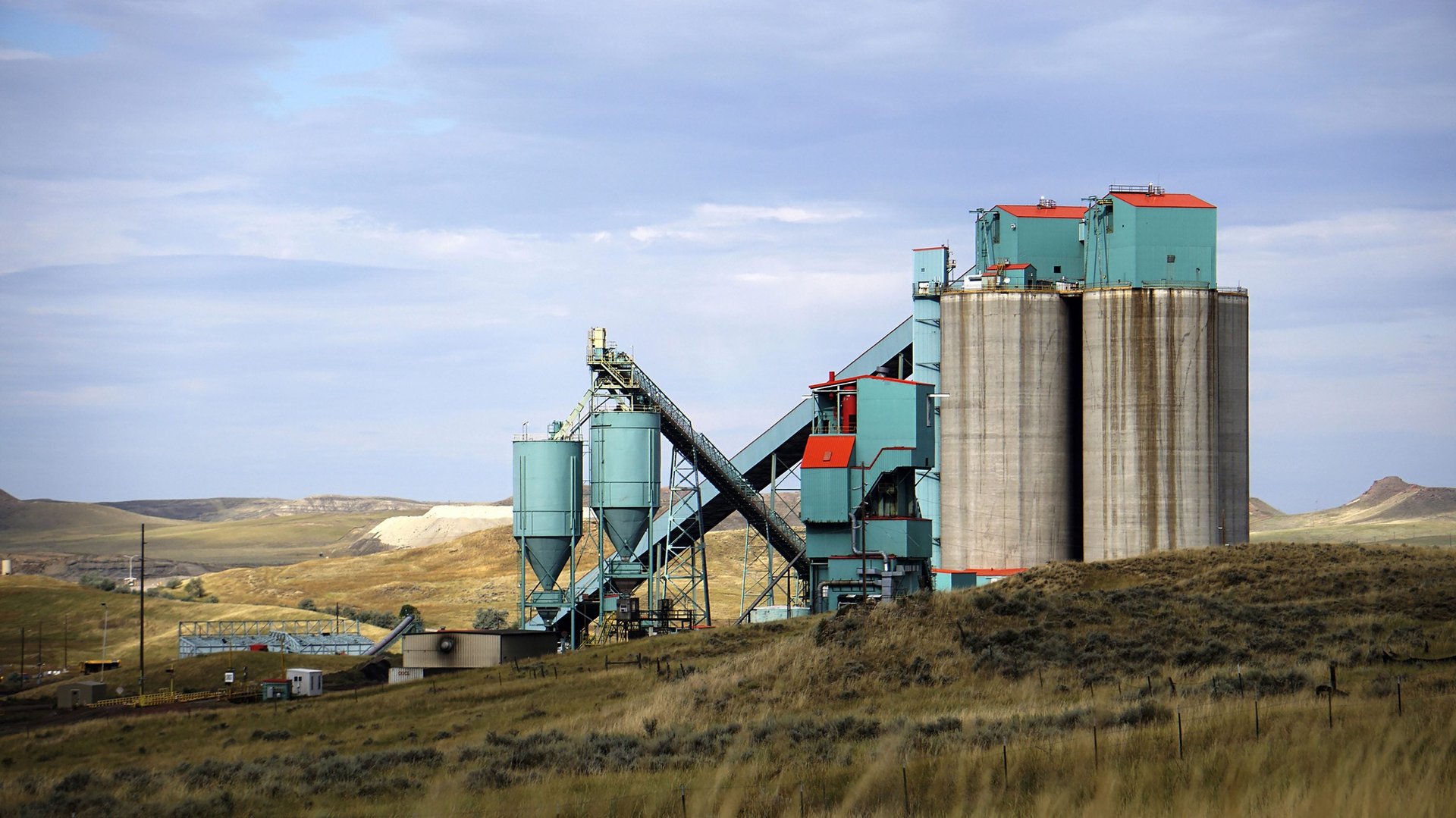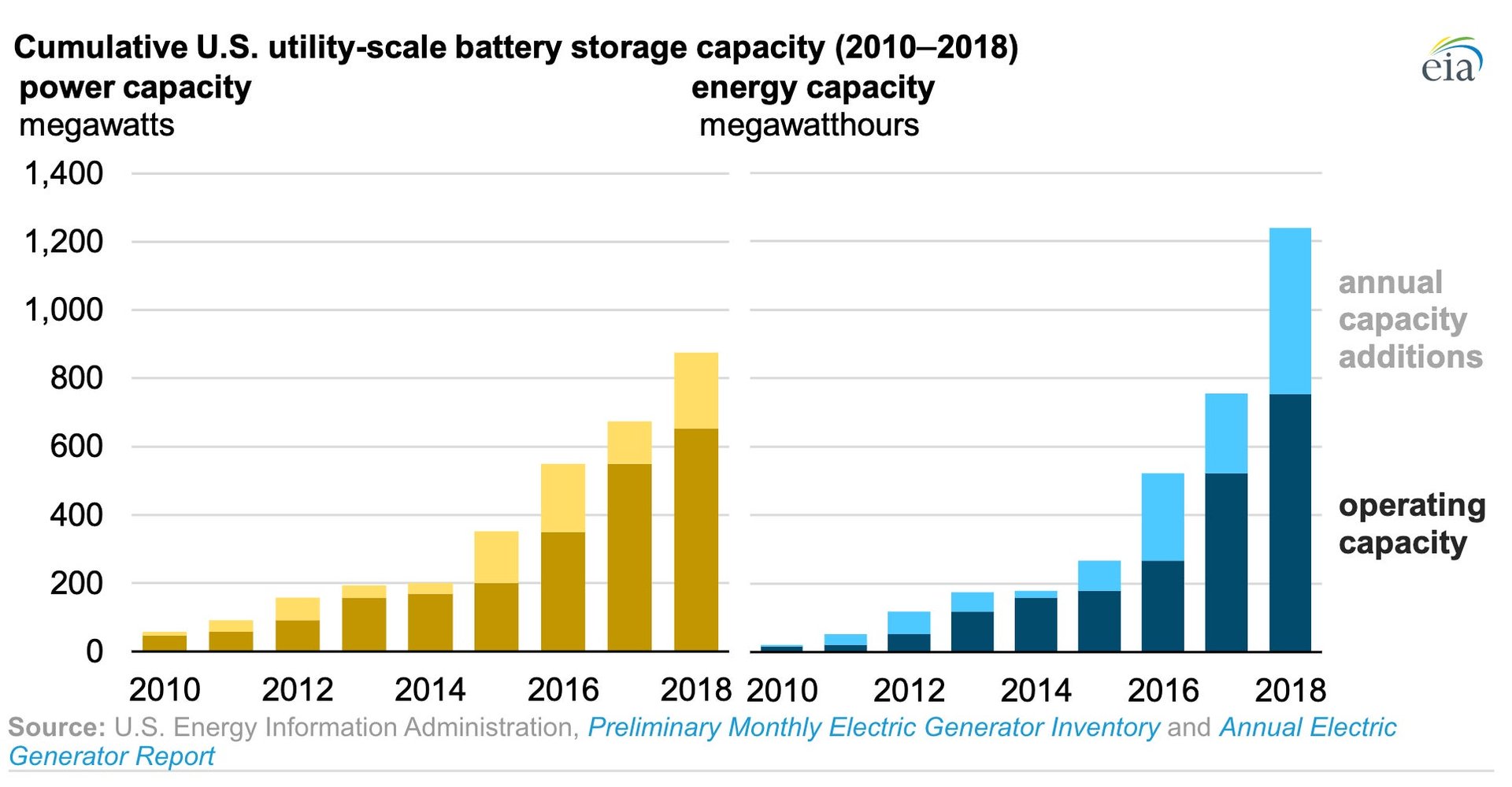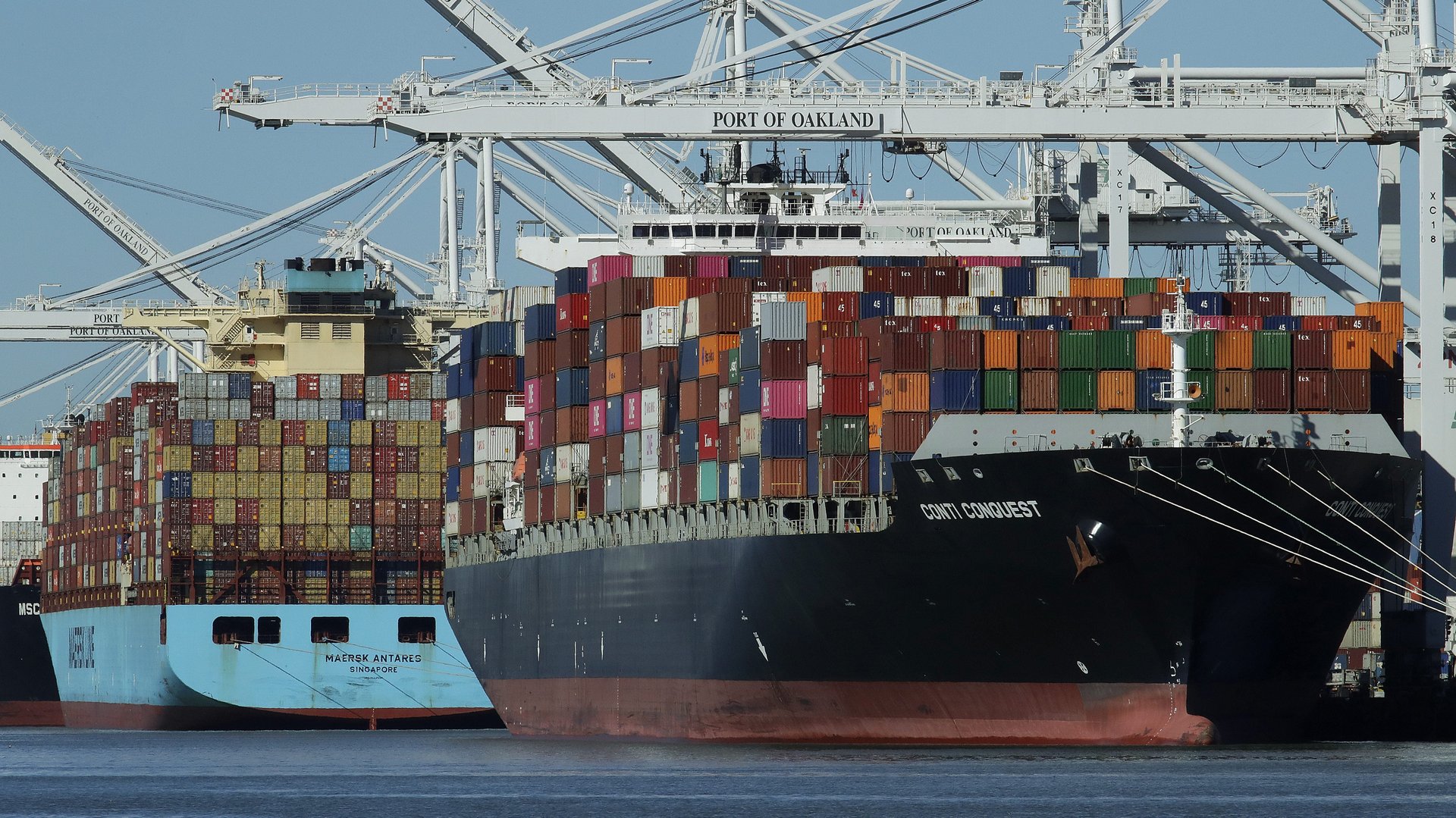The Race to Zero Emissions: The American West’s resource curse

Wyoming calls itself the cowboy state. It’s a fossil fuel rodeo: The state’s entire economy is built around oil, gas, and coal. Ranked among global energy producers, Wyoming sits right up there with Norway.
The coronavirus pandemic has revealed the perils of the state’s dependence on fossil fuels. As energy demand collapsed in April, Wyoming’s tax receipts got dragged down with it, creating a $1.5 billion budget gap. To close it without new revenue, Wyoming would have to lay off every state employee or eliminate all higher education funding.
Wyoming is suffering from the “resource curse,” an affliction it shares with Angola, Venezuela, Saudi Arabia, and other struggling countries. Coined in 1993 by British economist Richard Auty, the term describes countries blessed with natural riches yet saddled with anemic economies dependent on a volatile global commodity.
During good times, the money rolls in, giving governments little incentive to diversify away from fossil fuels. In bad times, governments are left with few options to attract new industries or raise taxes as the economy atrophies. Right now is definitely one of the bad times—and there’s no end in sight.
“To fix the problem, you have to do things that are difficult,” says Robert Godby, an economics professor and dean of the University of Wyoming’s Haub School of Environment and Natural Resources.
The places that have successfully escaped the resource curse, says Godby, tend to share a few characteristics. First, they sever the direct connection between fossil fuel revenue and annual budgets. Second, they smooth out boom-and-bust cycles. Finally, they reinvest windfall profits in a different economic future.
In the past, the fossil fuel sector has rebounded, making it easy to push off these kinds of changes. But the energy transition, likely accelerated by the pandemic, will make it harder for the cowboy state to steer its one-trick pony.
✦ You can read more about solutions to the resource curse that plagues economies around the world by signing up for a Quartz membership. ✦

Here’s what happened over the past week that helped or harmed the world’s chances of cutting greenhouse-gas emissions to zero:
Decreases emissions
1️⃣ The number of battery storage systems big enough to support the grid is rapidly growing in the US, from just seven in 2010 to 125 in 2018. Affordable utility-scale batteries are a critical prerequisite for adding more renewable energy to the grid.

2️⃣ Researchers are developing ways to cut the carbon footprint of artificial intelligence. One innovation that cuts down on energy-intensive data processing: Teach algorithms to concentrate a little less on irrelevant details in video footage.
3️⃣ The world’s biggest oil companies slashed the value of their fossil fuel assets by nearly $50 billion in the second quarter. Meanwhile, some are turning to “super-hybrid” renewable energy systems that combine offshore wind, solar, and hydrogen at one facility.
Net-zero (for now)
1️⃣ Keep on truckin’: The number of mid- and heavy-duty electric vehicles on roads in the US is expected to grow from just 2,000 in 2019 to 54,000 by 2025. This sub-sector of the transportation market is the second largest emitter after passenger vehicles in the US, but has lagged behind in the transition to electrification.
2️⃣ After Google parent company Alphabet carried out a record-breaking sale of sustainable bonds last week, investment analysts expect more tech companies to follow suit.
3️⃣ China’s government is under pressure from fossil fuel industry groups to raise its cap on coal-fired power plants. The country has also slowed its development of an emissions trading market, which could be the world’s largest but has been stuck in pilot phases for years.
4️⃣ Commercial building rooftops in the US have enough space and demand for 145 gigawatts of solar power, according to a new analysis—nearly double the country’s current total volume of solar.

🔼 Increases emissions
1️⃣ Saudi Aramco, the world’s biggest oil company by revenue, reported a 74% drop in profits in the second quarter compared to last year—but its CEO says all signs point to a quick recovery for global oil demand.
2️⃣ A new UN study finds that greenhouse gas emissions from the global shipping industry rose 10% from 2012 to 2018. And as more ships are fueled by natural gas, methane emissions spiked 150%.
3️⃣ Japan’s most powerful business lobby is disproportionately controlled by fossil fuel companies, a new report finds. The group has worked to soften the country’s climate goals.
4️⃣ India wants to pursue new tariffs on solar panels imported from China, which provides at least 85% of the country’s panels. Indian manufacturers may not be able to make up the slack, which would stifle the country’s clean energy boom.
Additional reporting by Tim McDonnell.
Four questions to ask before going back to the office
Even if you’ve been gleefully tallying your emissions saved by working remotely during the pandemic, you still might be contemplating a return to the office. As you consider your options, Quartz reporter Lila MacLellan suggests going beyond whether you think your office is safe: There are simply too many factors for anyone to offer certainty. Here are other questions she suggests thinking through instead.
- Why are we doing this?
- How do I feel about being tracked?
- How healthy is my office building?
- How can I protect other people?
Read more of Lila’s advice on how you should think through your return to an office space in our latest field guide to reimagining the office (✦).
Stats to remember
As of Aug. 9, the concentration of carbon dioxide in the atmosphere was 413.27 ppm. A year ago, the level was 410.50 ppm.
Have a great week ahead. Please send feedback and tips to [email protected] and [email protected].